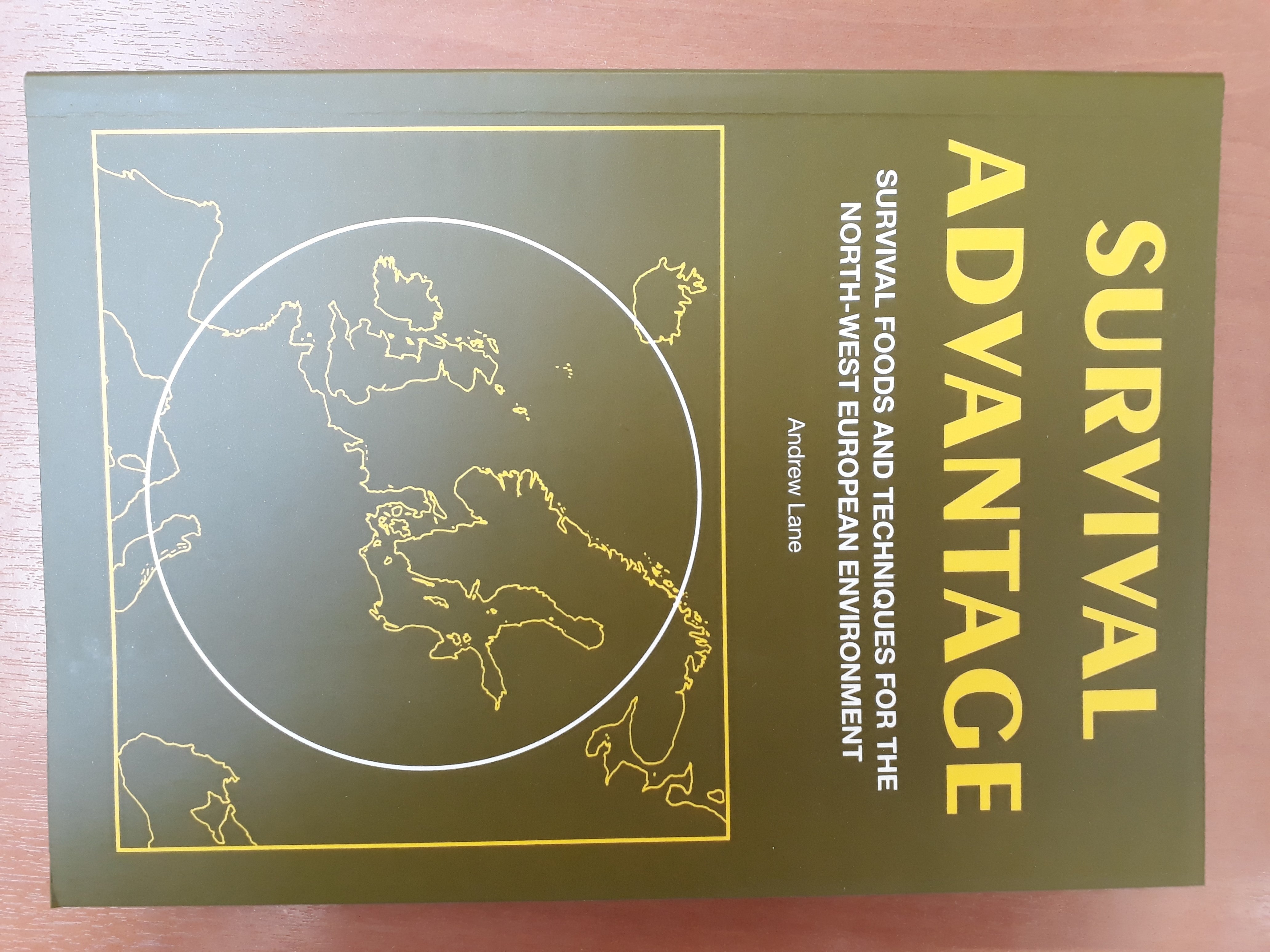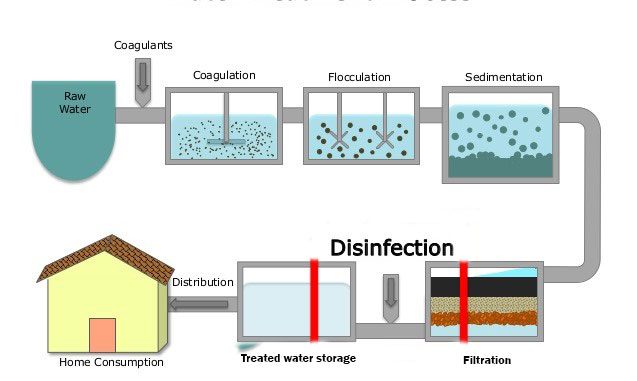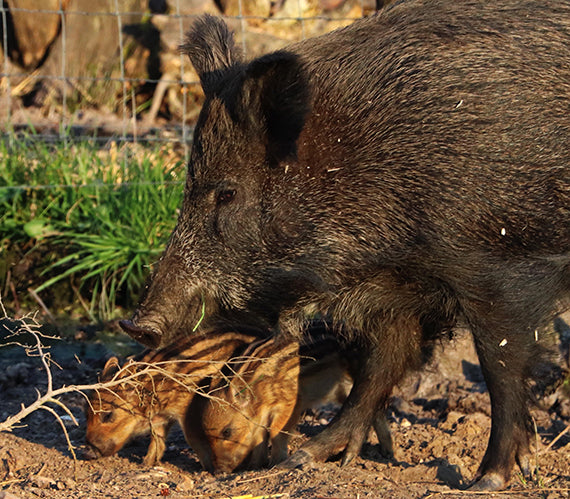
A Rough Guide To Fishing For Survival in Europe
Based on an extract from "Survival Advantage" by Any Lane. A critically acclaimed study of wilderness survival and bush craft in the North European geographical area.
The difference between sport and survival fishing could not be more pronounced. Many of the techniques may be analogous but the goals could not be more different. A sports angler/fisherman may not even necessarily be concerned with actually landing a fish, the joy of being out in the open and trying to outsmart a fish, may be sufficient. A survival fisherman, on the other hand, will be concerned exclusively with catching fish, in quantity if possible, for the purpose of self preservation. Subsequently, techniques and equipment will vary greatly.
It is important to note that due to legal and other restrictions, fishing by any other method other than rod and line is prohibited in freshwater bodies within the UK. Rod and line being the preferred method of sports anglers.
Approaching this in layman's terms - fish fall into two main categories - salt water and fresh water. Many of the techniques for catching either are transferable so none should be discounted. Knowledge of multiple techniques give you options in the field. As fish are one of the most widespread and readily available sources of food in the world, knowing how to catch them may be the difference between surviving or not.
Another important distinction is the depth at which various fish feed at. Do they feed on the bottom, the middle or the do they skim from the surface? When fishing using a hook and line, you are essentially trying to mimic the behavior of their food. So fly fishing for example, attempts to mimic the behaviors of a fly landing on or hovering above water. "Legering" on the other hand, involves using heavy weights on a fishing line which drives the hook and bait to the bottom of the body of water being fished. This technique will attract bottom feeders such as halibut, flounder and plaice. You will have to to move the bait up and down just above the bottom of the body of water you are attempting to fish (again mimicking the behaviour of there food source).
Tools of the trade. If you were to enter a modern fishing tackle shop, it is very likely you would soon become bewildered. The choice of gear now is staggering. Mature fish can actually learn to not to get caught, making them sneaky (essentially). Dealing with experienced fish, you may actually have to try and outwit it to catch it. This may explain away, to some extent, the need for progressively advanced and complicated equipment. Some fish such as perch can live for tens of years and do indeed grow wily with age.
Looking at fishing as a means of long term sustenance, you will only require some fairly basic equipment. The minimum recommended gear for a solo fishing kit would be as follows
Line - 100 meters of 10kg test line.
Line - 100 meters 20kg.
Hooks - 20 medium sized hooks
Hooks - 20 smaller sized hooks.
Hooks - 5 large hooks for sea fishing
Weights - Various sized split shot
Weight - Dust shot (smaller shot)
Weight - Lead strip weights
Nets - A fine net of about 2-3 metres square.
Swivels - Prevent the line from twisting up when being pulled through the water or when suspended in a current. They are available in different sizes, depending on usage.
Lures and Bait - Using baits and lures whether they are man made or not is often perceived as an art form in itself. Colour, sheen, smell, size and movement are all important factors in choosing the correct lure/bait for the appropriate prey.
There are many debates to be had about which bait is appropriate for which fish/season/environment, etc. However, the one rule that should not be disregarded is that no on bait should be disregarded or relied upon. Here is a list of baits and lures that have actually worked in the field:
Apple, Bacon Rind, Barley, Beetle, Blackberry, Bread, Bullhead, Caterpillar, Cheese, Cooked meats, Crayfish, Dough, Elderberry, Elver, Flies, Frog, Grasshopper, Boiled Hemp Seeds, Honey cone, Larvae of wild insects, particularly aquatic species, Linseed, Magggot, Malt Minnow, Mussel, Offal, Potato, Prawn, Red Meats, Shrimp (freshwater and sea), Slug, Spam, Sweetcorn, Wasp Grub, Wheat...
This is by no means an exhaustive list and essentially, you should use anything that works...
If you are interested in knowing more about this subject, it is discussed in length in the book Survival Advantage by Andy Lane available from us here -
https://www.bushgear.co.uk/products/survival-advantage-by-andrew-lane


